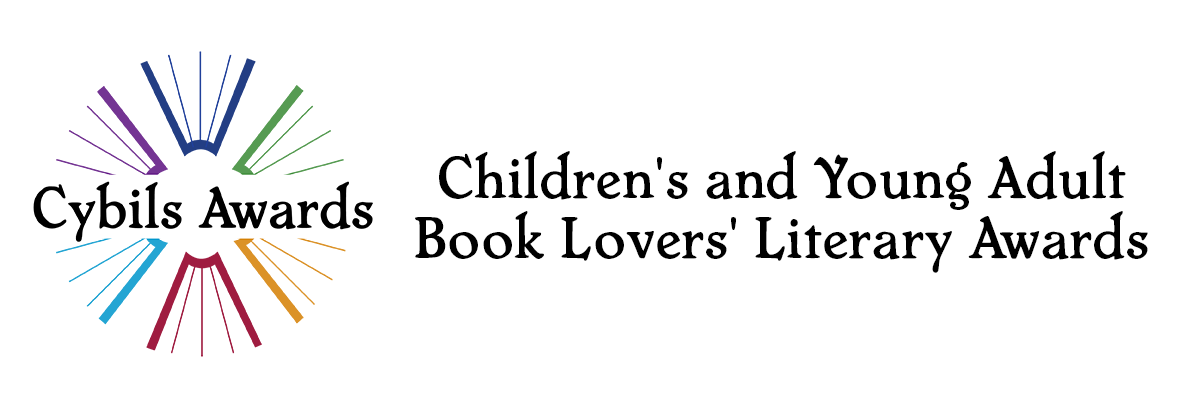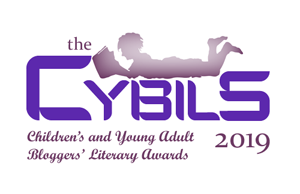Diversity is being invited to the party.
Inclusion is being asked to dance. –Verna Myers, ILA2017
Although diversity is not one of the two key criteria (reader appeal and literary merit) we use in our judging, it can contribute to both, and is something that is valued by the Cybils Board of Directors. During the last awards season, we committed to improving our diversity process after the Board of Directors voted to remove a shortlisted book from contention because of concerns about embedded racism in text and images. We have prepared guidelines for thinking about diverse books under consideration.
The guidelines are as follows:
Introduction: Children are exposed daily to harmful racist, gender, and sexist stereotypes in their everyday lives, stereotypes which the Cybils Awards does not want to perpetuate through its awarded books. The Cybil Awards’ commitment to inclusivity in its book selection process necessitates an intentionality within the judging process, and to that end, we have highlighted a few goals and guidelines for critical engagement with the books our panelists will encounter.
I. Analyzing Racist, Sexist and other -ist Content*
- Storyline Scrutiny:
- Whose story is this?
- Who is punished or praised?
- Are there stereotypes depicted in word or text? Are they positive or negative? How do they affect the character(s)/situations?
- How are problems solved?
- Are minority characters of equal value to non-minority characters?
- Are cultural differences viewed as a negative?
- Does the resolution to a conflict happen because someone outside the culture resolved the problem?
- Does the conflict reflect bias?
- Does the resolution fit the reality of the situation or does it perpetuate the stereotyped social order?
- Are historical events or periods inaccurately portrayed?
- Are cultural settings limited to “long ago and far away”?
- Character Scrutiny:
-
- Are characters from diverse cultures portrayed solely as being fraught with problems of poverty, drug abuse, alcohol abuse, or dysfunctional families?
- Are characters from diverse cultures portrayed as part of a group rather than as individuals?
- Are characters from diverse cultures portrayed as less intelligent, less attractive, less successful?
- Do the characters of diverse cultures have “funny” clothing, hair styles, or nicknames?
- Are characters from diverse cultures depicted as outsiders rather than part of American society?
-
- Loaded Language:
-
- Does the text contain language that is offensive?
- Does the text have language that coded sexist, racist, or homophobic?
- Is a girl/woman described as sassy, uppity or bossy? Are Asian characters solely characterized as “smart?” Look for homophobic words and words which are subtly used as weapons. Are people of color described as thugs, an infestation, animals or ignorant? Are they from an urban community?
- Is the text patronizing in tone?
-
- Critique of Images:
- Do illustrations of people appear to be generic rather than culturally specific? In other words, do the characters reveal individuality; do they have a variety of facial and physical features and attributes rather than similar ones, with everyone looking the same?
- Are people of color portrayed in roles or jobs that are labor intensive only? Does the work of female characters consist only of cleaning houses, cooking, caring for other people’s children, or other types of unskilled labor positions or do the female characters hold a variety of jobs that imply educational accomplishments and training?
- Are males viewed primarily as nonexistent in family settings or are they portrayed as active fathers and family role models?
- Are hairstyles and clothing representative of the period; or are the characters dressed in styles true to the period represented?
- Do illustrations of the period appear generic rather than culturally specific?
- Do illustrations portray dated or insulting caricatures?
- Non-fiction Critique:
- Are facts adhered to? Are dialogue and character’s thoughts supported by data?
- Is the story based on actual events?
- Is the social climate portrayed fairly?
- Are stereotypes avoided?
- Is the character believable in his or her strengths or weaknesses and not idealized?
- Are the secondary characters believable and based on real people?
- Does the language portray the characters, events, and setting accurately?
- Does the author avoid oversimplification?
- Do the illustrations accurately portray the setting?
- Does the illustrator avoid use of stereotyped images and details?
- Culture Critique
- Is this an ‘own voices’ book, and is the author a member of the community or culture depicted?
- Are cultural artifacts, ceremonies, or regalia used appropriately?
- Are the settings, foods, and cultural mores presented with respect, and are they accurate to the culture represented?
- Is the culture depicted with sufficient diversity within itself?
- Is the story told from the point of view of a character from the dominant culture?
As a panelist, once you have analyzed the work based on the above questions, does the good outweigh the bad? If so, this is probably a good fit for the Cybils Awards’ finalists list.
*Some questions taken from: Cultural Journeys: Multicultural Literature for Elementary and Middle School Students” by Pamela S. Gates and Dianne L. Hall Mark (Rowman & Littlefield Publishers, Inc. Lanham, Maryland 2006).
II. Independent Audit Committee: To increase transparency in the judging process, the Cybils Board has invited a diverse selection of respected members of the children’s book community to serve as members of an independent and impersonal panel of judges to answer any questions that arise and adjudicate, if necessary, in any challenges. This Audit Committee is independent of the Cybils Board and serves in an as-necessary capacity.
III. Feedback Procedure: The Cybils Awards is an open process, and invites feedback on its finalists lists. All feedback will be considered by the Cybils Board, and if necessary, taken to the Audit Committee for consideration.

